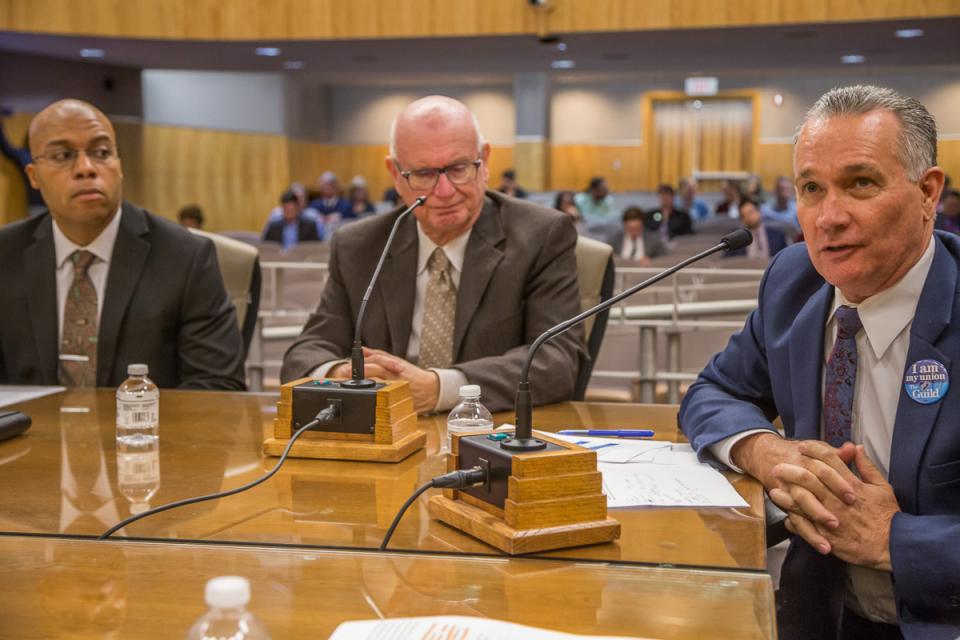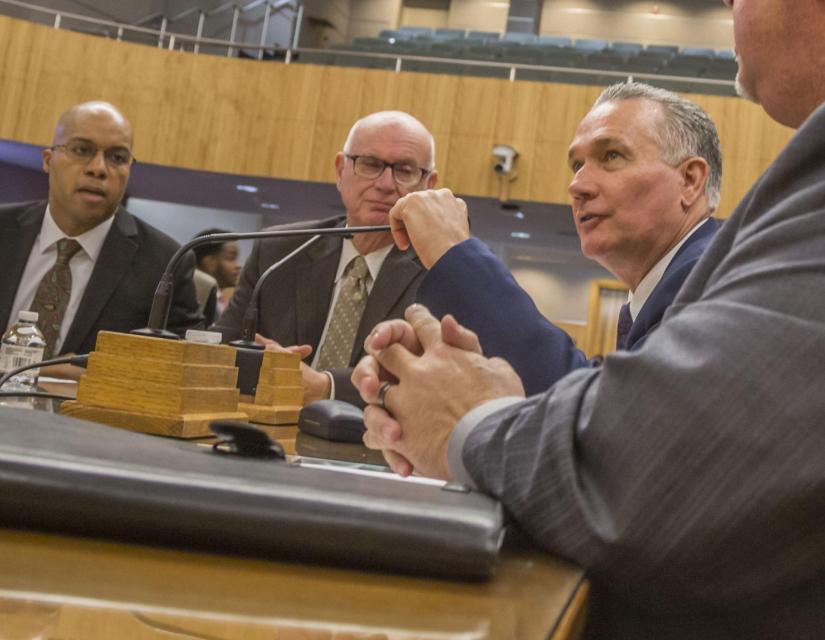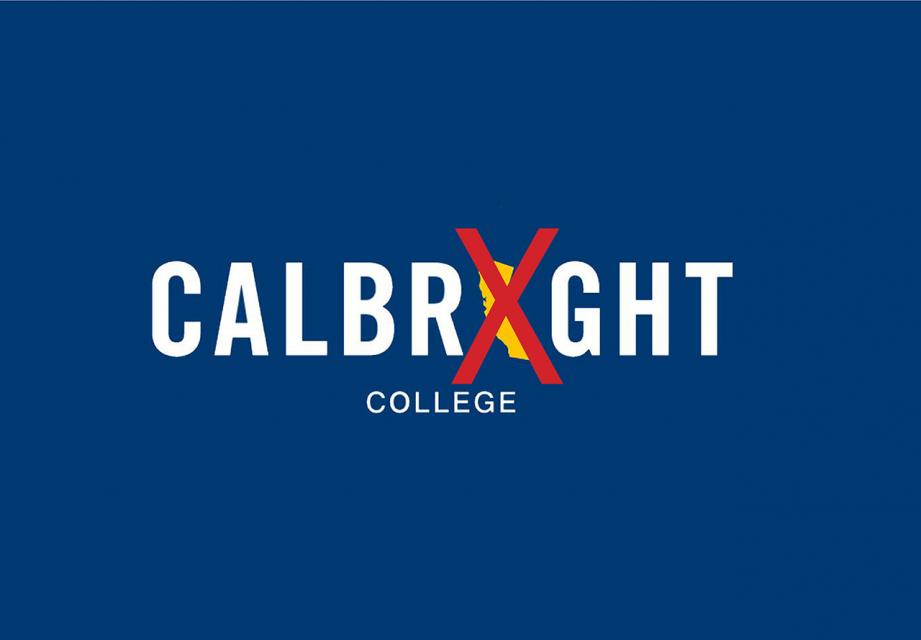State Auditor calls out failed Calbright online college
Audit cites high drop-out rate, mismanagement, shady hiring
Out of 904 students enrolled since 2019, only 12 graduated, and more than 40 percent dropped out. There’s no discernable strategy for spending the more than $175 million it receives in state taxpayer funding. No system is in place to support students. Shady hiring practices have led to people being selected based on personal or political connection rather than ability.
Has Calbright lost its legislative support?
Senators take online college to task in February 13 hearing
It may have taken over two years, but the Calbright online community college has apparently lost any support it might have enjoyed in the state Legislature when the CFT first warned about the potential for failure. In December 2017, Jim Mahler, president of the CFT Community College Council, sent a seminal letter to Gov. Jerry Brown, Calbright’s main promoter, pointing out key flaws in its proposed structure.
CFT leading voice of opposition at Calbright hearing
Community college faculty speak out at February 13 Senate hearing
Community college faculty mobilized on February 13 to let the state Legislature know that they want the enormous resources wasted on the Calbright online community college project redirected to the needs of the existing, underfunded campuses around the state. These campuses serve tens of thousands of students, while this one project has absorbed $120 million for fewer than 500 students.
CFT takes bold next step in opposition to statewide online community college
Union to sue CalBright for violations of Education Code
Duplicating existing programs. Diverting taxpayer resources. Recruiting students from other districts. Not meeting critical deadlines. Lack of input from faculty stakeholders. Lack of transparency.
These are some of the reasons leaders from the CFT’s Community College Council strongly oppose the state’s new all online community college, now doing business as “Calbright,” which they say was created to fill a need that doesn’t exist.
CFT calls out critical problems in launch of online college
On Monday, July 15, CFT President Jeff Freitas testified before the Board of Trustees of CalBright, California’s new online-only community college, sharing CFT’s continuing concerns with the launch of the college.
During his testimony, Freitas detailed several key areas that the online college has failed to meet its obligations and the law. Due to the serious nature of the violations, CFT is considering all legal options should the college not change course.
CFT’s efforts yield parental leave, more full-time positions, paid office hours, pay equity
If there were perhaps one way to describe the legislative campaign waged by CFT this year as it regards both part-timers and the community college system, one could say it was “spirited.” Despite the sea changes proposed for the entire system, the union still won improvements for part-timers.
Oppose creation of unnecessary, fully online college
All of California’s 114 community colleges offer online courses, so why do we need a fully online 115th college, especially a non-union one which would hire adjuncts to work for even lower wages, without union protections?
The $120 million the governor is budgeting for this college could be better spent on increasing full-time positions, part-time pay equity, and more paid part-time office hours.
An open letter…CFT rejects fully online college proposal
Responding to Gov. Jerry Brown’s request for the development of options for a fully online college, the California Community Colleges on November 13 announced three options and belatedly asked for comment from stakeholder groups.






